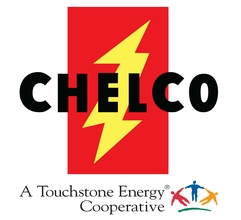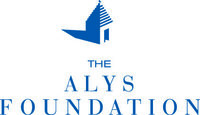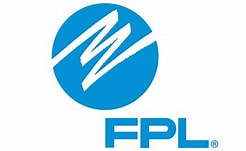Geared Up for STEM
- School:
- Dune Lakes Elementary School
- Subject:
- STEM Education
- Teacher:
- Julie Perk
- Melissa Lessig, Rose Anderson, Liz Tucci, Brittany Hill
- Students Impacted:
- 105
- Grade:
- 1
- Date:
- October 3, 2018
Investor
Thank you to the following investor for funding this grant.
CHELCO - $1,487.85
Original Grant Overview
Goal
Students will build, explore, and problem solve using gear manipulatives in STEM related tasks that grow in escalating complexity. Completed projects will move when constructed correctly either by simply rotating the gears or actually roll on wheels.
Manipulatives, which are hands-on tools for teaching math and other subjects, are a great way to reach tactile and visual learners. STEM is important because it is in every part of our lives. Science is everywhere in the world around us. Manipulatives used in problem solving tasks can aid students in developing skills to maximize performance in math, engineering and science classes and realize their full academic potential through offering and receiving peer collaboration.
What will be done with my students
There are 105 students in first grade at our school this year. The materials that would be purchased through the grant would last for years thereby having a positive STEM effect on a vast number of students.
The teachers plan to use the gears as a STEM station. In the introductory period, the gears would be viewed as a toy and free exploration is encouraged. We believe this will set the tone for relaxed and fun future use while building the exposure and experience needed to later solve the problem tasks. Then teachers will create collaboration pods for groups of students to work on specific tasks such as manipulating a set number of gears to work in unison. The pods are intended to have peer leaders demonstrate skill and model problem solving. Our students would progress through regular practice into more complex tasks problems such as building a motorized vehicle while also diminishing group size to partners.
The product requested has many unique features that come to life when the gears work together creating a multitude of options to continually challenge our students. Gears building sets include propellers, axles, wheels, pulleys, chains and of course lots of gears!
Benefits to my students
“Problem solving is cognitive processing directed at achieving a goal when no solution method is obvious to the problem solver.” (Mayer, 1992)
Usually all that can be measured for problem solving is whether the person can solve the problem or not. We intend for our students to be evaluated on the process during the interaction with the materials instead of task completion. We created the rubric below to evaluate students during use of the materials. A measurement of first task rating compared to later ratings will determine if the students are improving.
Rating:3 Rating:2 Rating: 1
Student can state the problem Student attempts to state the problem Student can not state the problem
Student can change plans to correct issues. Student can identify if progress is not working. Student tries same solution even if it doesn’t work
Student can connect pieces Student attempts to connect pieces. Student can not connect pieces
Wants to succeed until completion Tries to solve but gives up quickly Doesn’t try to solve
Budget Narrative
SIX Gears building sets (that includes propellers, axles, wheels, pulleys, chains and of course lots of gears) for each of the first grade classrooms. $29.95 each x 8 sets = $239.60 x 5 classrooms = $1198.00.
3 extra building sets for classrooms with higher enrollment numbers. $29.95 x 3 = 89.85.
LARGE Storage containers for each of the 5 classrooms @ $200 total.
Grand total: $1487.85
Items
| # | Item | Cost |
|---|---|---|
| 1 | Gears! Gears! Gears! Class Set 29.95 x 8 | $239.60 |
| 2 | Gears! Gears! Gears! Class Set 29.95 x 8 | $239.60 |
| 3 | Gears! Gears! Gears! Class Set 29.95 x 8 | $239.60 |
| 4 | Gears! Gears! Gears! Class Set 29.95 x 8 | $239.60 |
| 5 | Gears! Gears! Gears! Class Set 29.95 x 8 | $239.60 |
| 6 | Gears set for larger classes 29.95 x 3 | $89.85 |
| 7 | Storage containers for 5 classrooms | $200.00 |
| Total: | $1,487.85 |






Share
Please share this page to help in fulfilling this grant.
Email to a Friend